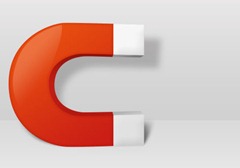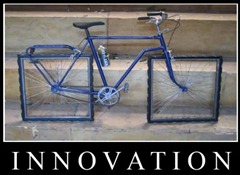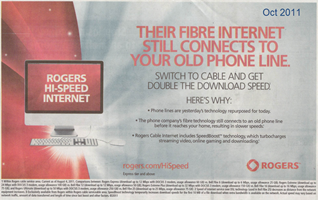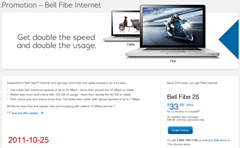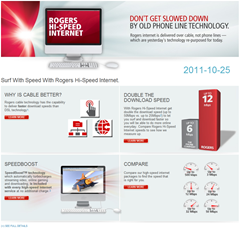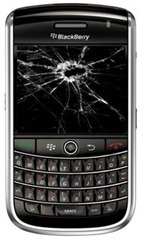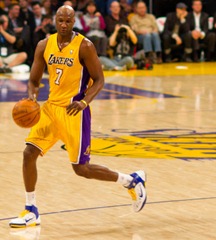
Would you attend a session on how to use an air conditioner (or question the ROI)? Stay cool when it’s hot! How about a workshop on five reasons to get a mobile phone? Make calls wherever you are! How about an all day course on how to use email? No more stamps to lick!
We take those things for granted.
Social media has become routine for me (and perhaps you?). It's part of daily business life — like checking email and answering phone calls. And air conditioning (though not in the Canadian winter).
Skeptics
If you're unconvinced about the merits of social media, maybe you’re a late adopter. Think back. How quick were you to- get an email address?
- put your email address on your business card?
- answer email from your smartphone?
Social media is the best tool to demonstrate consistent persistent generosity to the world. You can't fake this for long and quitters are easily spotted. When the focus is on sharing for free, does the question of ROI arise?
Converts
If you "get" the benefits of generosity, you just need to use the tools. As with exercise and diet, good habits take time to develop and discipline to maintain.The real benefits come after mastery. The real opportunities arise after you routinely use tools like LinkedIn, Twitter, blogs, Facebook, YouTube, Meetup and Google Plus. You can then think about what's next now that your clients' expectations have changed.
This Year
This year I wrote about social media extensively because I was doing live presentations on the "why". That was my final attempt to convince the skeptics and congratulate the converts. I've got speaking engagements for the next four months and am not seeking any more.It's time to move on. I'm not planning any more posts specifically about social media. That's my New Year's Resolution. Let's see if it sticks.
This is the final post of 2011.
The best to you and yours during the holidays.
May your 2012 be swell, swell, swell!
Links
These posts from 2008 and later are related to social media.- How can your clients find you?
- How to organize your events like Harvard and IBM
- Create your web presence in three easy steps
- Why Twitter finally makes sense for your business
- Two simple steps to endless referrals
- Where’s your Google Profile?
- A proven technique to expand your LinkedIn network
- How to apply consistent persistent generosity
- Measurement matters: Free tools
- The easiest way to catch up with social media as the web fades in importance
- Picking the best medium for your message
- How to hire a social media expert
- Make your views public to stand out
- LinkedIn’s Jonathan Lister discusses social media
- The ROI on social media, reputation and a hungry rabbit
- Building trust with social media (video)
- Arranging the perfect social media workshop
- Signs of the wrong social media expert
- Are you a parrot or a pundit?
- Building trust with blogging at Word11
- How much time does social media take each week?
- How many explorers discovered you today?
- image courtesy of Martin Walls (UK)
